How to eat seasonally in July, by Tom Parker Bowles
The chef and food writer Tom Parker Bowles on the culinary highlights of July, from artichoke to watercress — plus a recipe which will persuade you that broad beans aren't all bad.
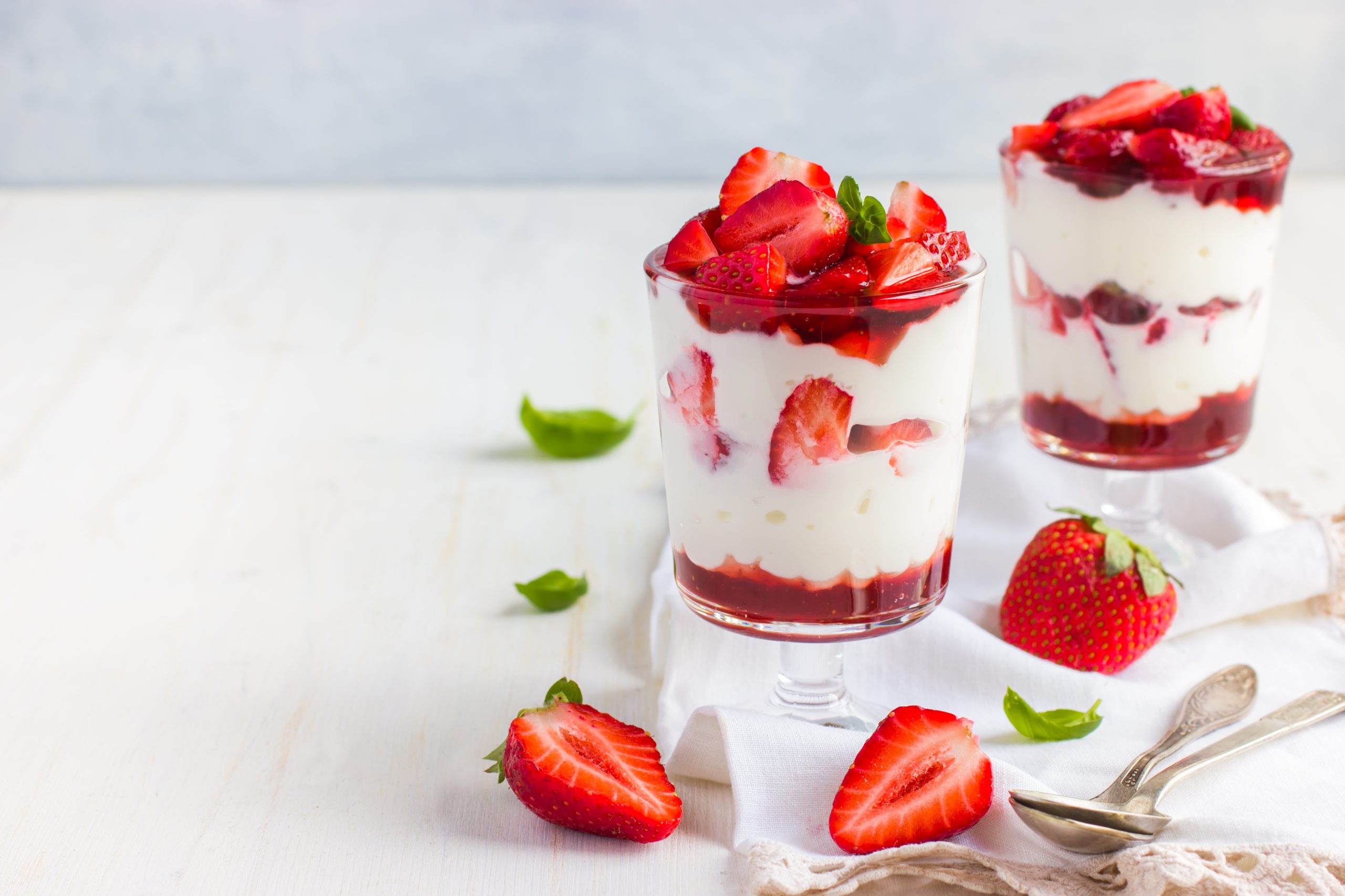

Well, we’re deep into summer now — not that the weather seems to pay much heed. A few blazing days, perhaps, then back into the warm, damp morass. This isn’t much fun for those in search of a picnic (a pursuit that is, in this country at least, a triumph of hope over expectation), but very good news for the garden.
About now, sun allowing, it’s time to start picking the tomatoes. None taste finer than those grown with your own hand, watered, fed, pinched and trussed. That wonderfully heady, muggy, sweetly verdant scent of the late-July greenhouse is one that whisks me straight back to my grandparents’, at the foot of the South Downs in the 1980s. Like so many other summer treats, most are eaten straight from the plant (plus ça change), but any that do make it to the kitchen are either sliced and dressed with good olive oil, salt and a splash of vinegar; or made into a light tomato sauce for pasta or pizza. The really ripe ones (and you need about a kilo) are blitzed together with a shallot and a garlic clove, plus salt and pepper, until chunky, then left overnight to drip through a double layer of muslin, lining a fine sieve. The end result should be the most intense amber liquid you’ll ever taste.
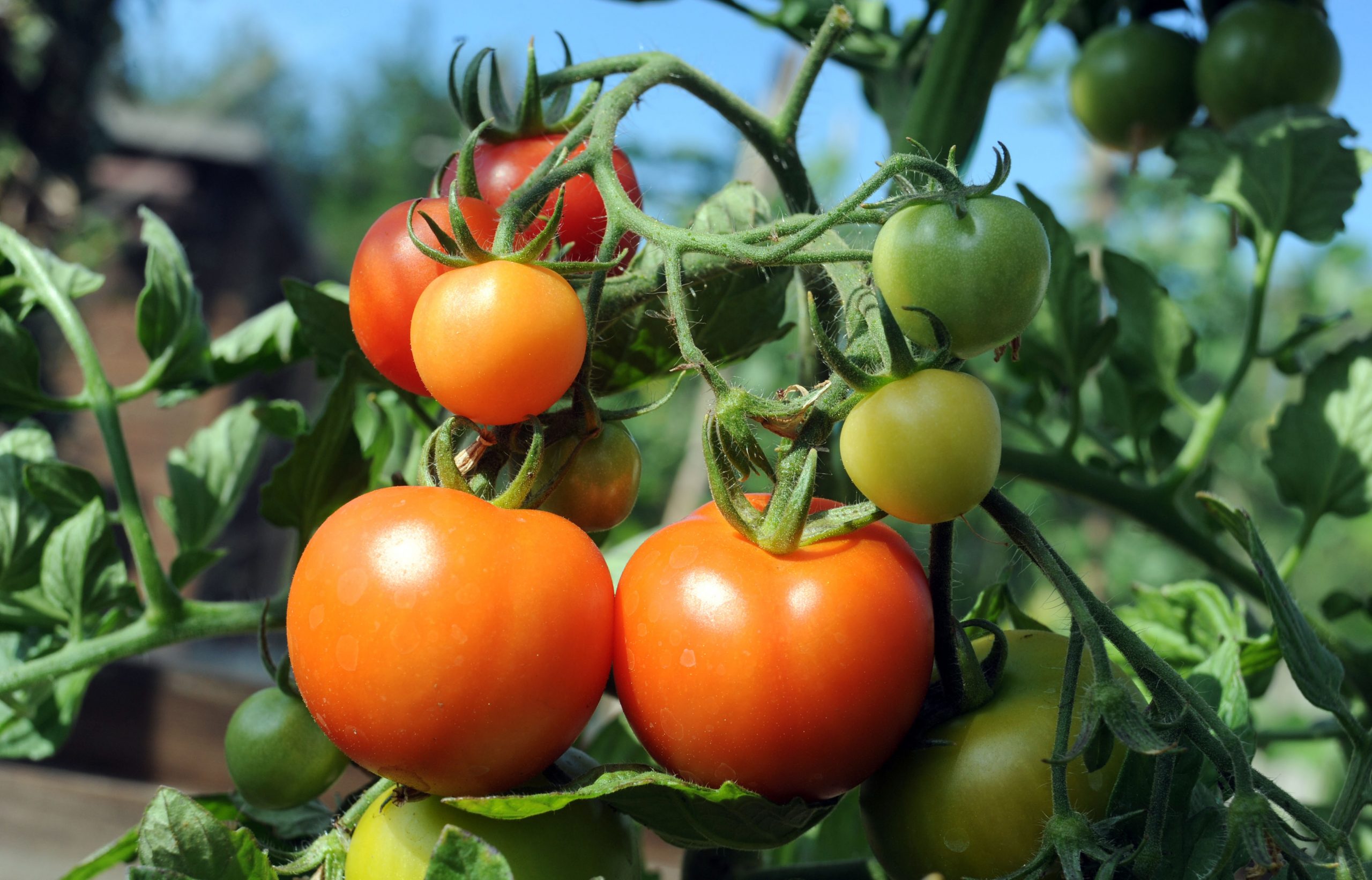
Broad beans are another seasonal favourite, coming a little later than the peas. Like peas, they make a splendid lunch, all on their own. I remember being told the tale of an old Mafia don. He’s sitting outdoors, in the hills not far from Palermo, with some fresh bread, Pecorino, a flagon of local white and a huge bowl of broad beans. He eats the bread, then the beans and the cheese, washing it all down with a great swig of wine.
‘I can happily die now,’ he said, wiping a small tear from his cheek. ‘And there’s not even anyone to kill me.’
Ah, the eternal romance of organised crime.
What food is in season in July?
Artichoke; aubergine; basil; beetroot; broad beans; broccoli; carrots; cherries; chervil; chillies; chives; cod; coriander; courgettes; crab; dill; Dover sole; elderflower; fennel; French beans; garlic; gooseberries; halibut; herring; Jersey Royals; lamb; lettuce and salad leaves; mackerel; new potatoes; peas; rabbit; radishes; rocket; runner beans; sardines; scallops (queen); sea bream; sea trout; squid; spinach; spring onions; tomatoes; watercress.
We used to spend languid afternoons podding broad beans to the sound of Test Match Special. The interior of those pods seemed soft enough to sleep in. Controversy rages over whether the beans should be skinned or not — I favour skinning, but only when the jackets grow thick and bitter. One of those jobs best left to someone else, admittedly, but one very much worth doing. I like eating them with crisp bacon, the beans gently fried in the fat. They make a great risotto and are wonderful creamed, as in the Jane Grigson recipe at the foot of this page.
Aubergines, part of the same family as tomatoes, might look big and unwieldy, but I worship their glossy curves. The flesh is so subtle, so generous to other flavours, that they are one of those ingredients I could not live without. Sliced, slicked with oil and salt, then roasted on the barbecue. Or wrapped in foil and baked in the embers, so the skin cracks and goes smoky, the insides collapsing into the most lovely of mushes. Cumin, chilli and coriander seeds all adore the aubergine and it takes minutes to transform the flesh into baba ganoush, Imam bayildi or the Japanese nasu dengaku.
Sign up for the Country Life Newsletter
Exquisite houses, the beauty of Nature, and how to get the most from your life, straight to your inbox.
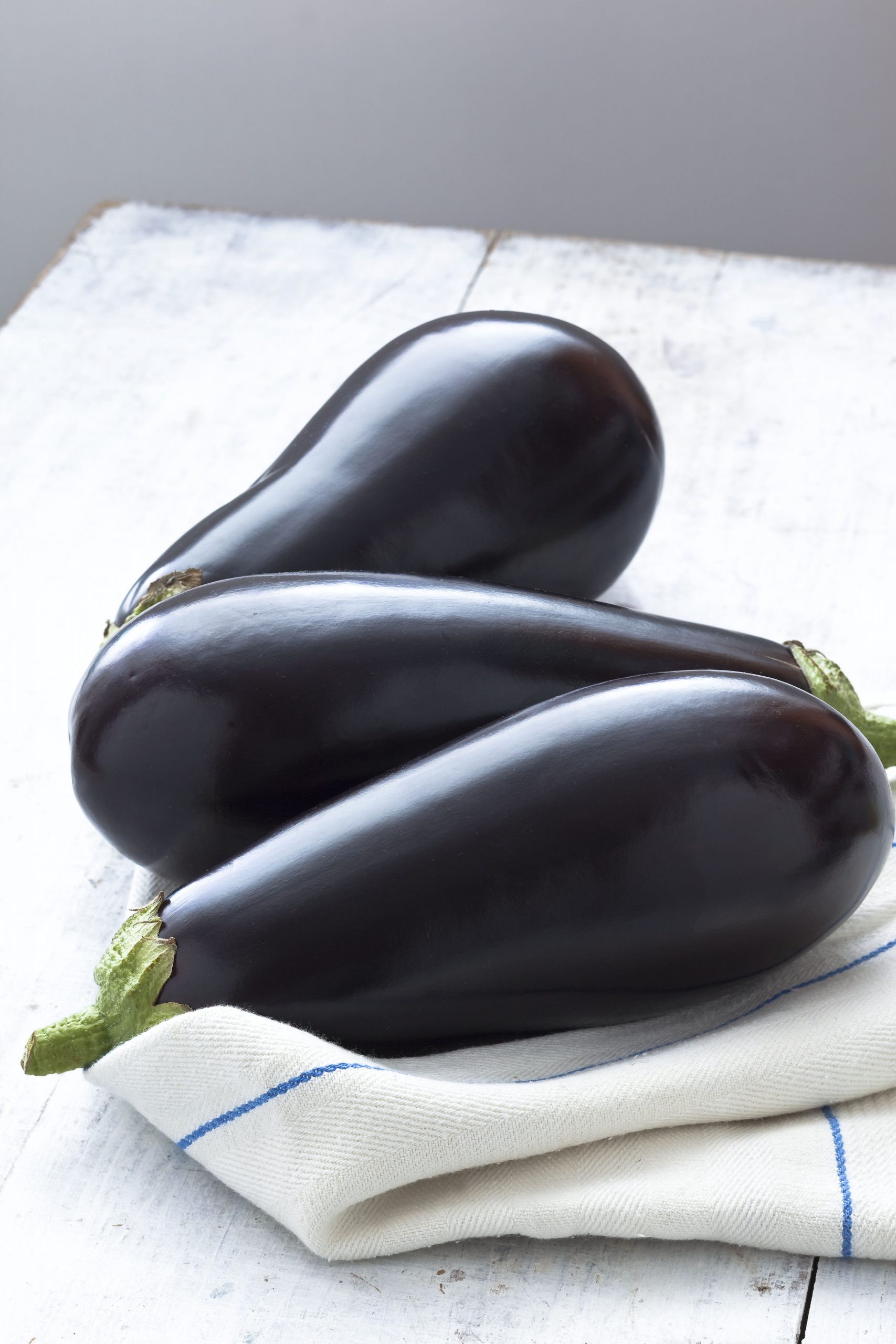
Strawberries are as luscious as they’ll ever be, plump, buxom and begging to be devoured. Cream and a little sugar is hard to beat and I’m not the greatest fan of them hot, but a decent strawberry shortcake is a fine thing, as is a Victoria sponge bulging with cream and berries. They make excellent ice cream or sorbet, too, and wallow merrily in a big jug of Pimm’s.
Cherries are a July delight and our native industry is now slowly creeping back to some semblance of success. For many years, it was in dire decline, but production is thriving once more. A bowl of Kentish cherries, fat, fecund, handpicked and still sun warm, needs nothing more than a hearty appetite. If you do have a glut, bury them in clafoutis, turn them into ice cream or put them into a tart.
The ponds in Wiltshire (and much of the South and West) are now crawling with signal crayfish, aggressive invaders that are always itching for a fight. I used to catch them by the dozen in special cigar-shaped nets (you need a licence from the Environment Agency, to ensure you’re not trapping the very rare native white crayfish), using a bit of tinned tuna for bait. I then cleansed them in an old bath full of fresh, oxygenated water for a few days, to ensure that muddy taste was washed away. Steamed with dill and drunk with aquavit, in the Scandinavian style, or simmered in a more spicy, Louisiana-style crawfish boil, the undressing is as much fun as the eating.
Lobster, clams and mackerel (once they’ve finished spawning) are abundant and pretty good now, too. These are the days of plenty, when long nights are scented by barbecue smoke, rosé is drunk like spring water and alfresco dinners stretch through the gloaming and on into the soft, crepuscular night.
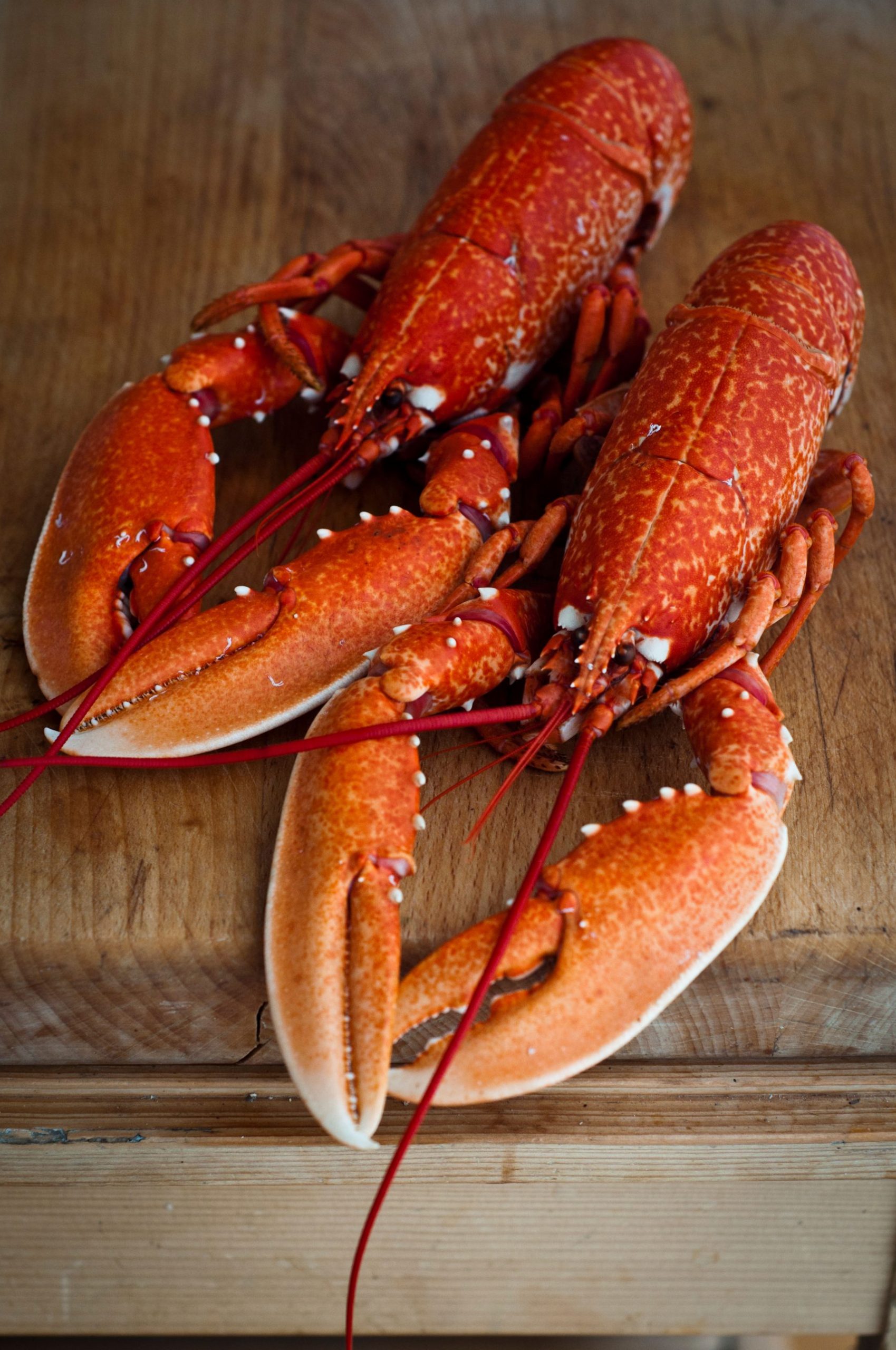
Recipe: Creamed broad beans
This comes from Jane Grigson’s Vegetable Book, one of those tomes that is stained from constant use and battered from constant reference. I like broad beans raw, but, if you do have a glut, this is an easy and rather lovely dish: ‘If the beans are young, green and tender, not very many to the pod, this is a great treat.’
Ingredients
- 2–3kg broad beans — this may give you ½kg (1lb) once shelled
- 6 spring onions or 2tbspn onion
- 4–6tbspn double cream
- 100g butter, plus 1tbspn extra
- Lemon juice
- Handful of chopped parsley
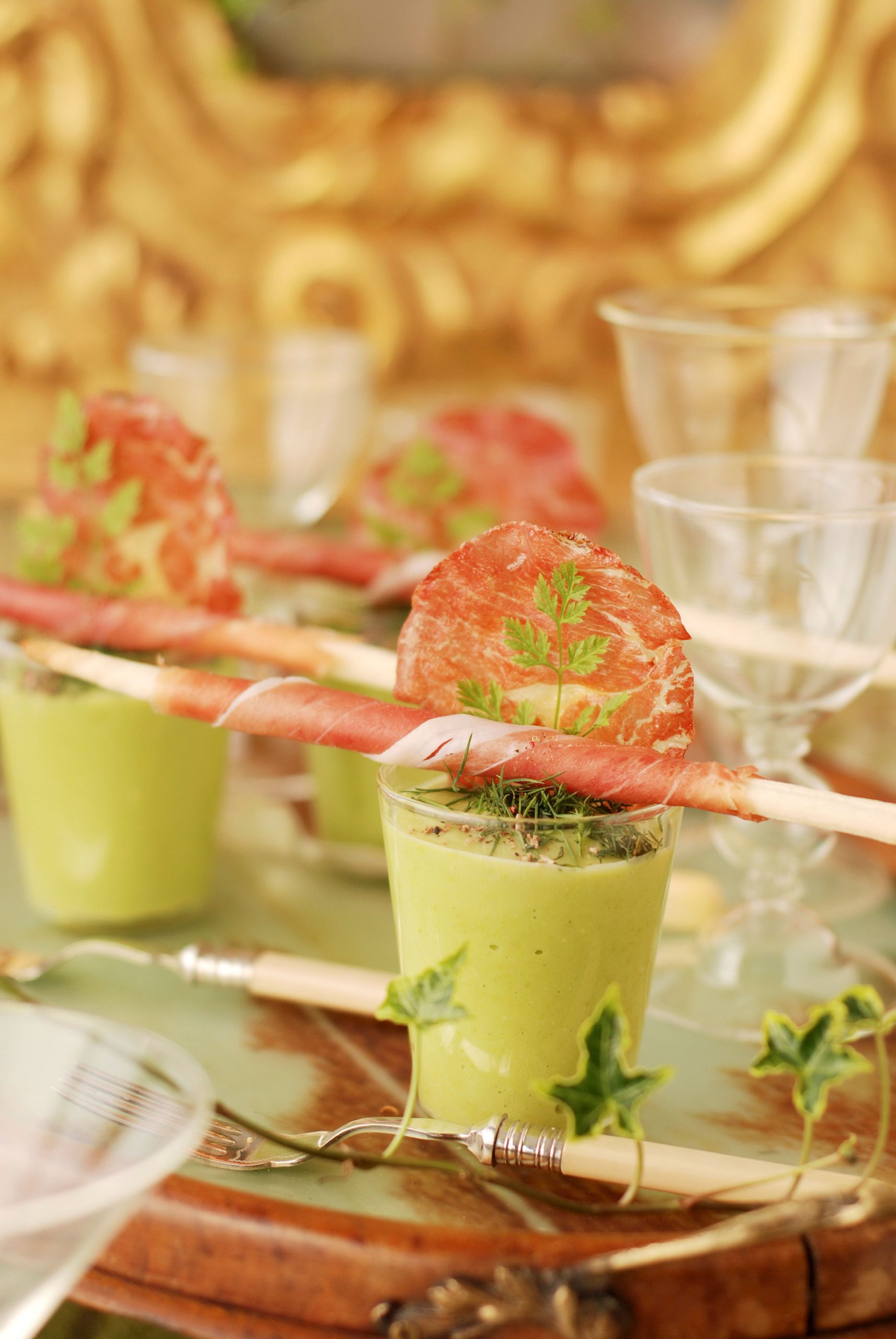
Method
Shell the broad beans. Chop the spring onions or onion and stew in about 100g of butter for five minutes. Add the beans. Jam on the lid and cook a little harder for a further five minutes. By this time, beans and onions are likely to be cooked, but give them a minute or two longer if necessary.
When they are tender, stir in the double cream and a tablespoon of butter. Raise the heat, leave the lid off and cook the juices to a rich, creamy sauce. If you overdo this and it begins to turn oily, put in a tablespoon or two of cold water; this will bring back the consistency. Season with a little lemon juice. Add the chopped parsley.
As you will not have a large quantity, it is worth dividing between six small ramekins or six heated shortcrust pastry cases. This makes the dish look as special as it tastes. Provide good white bread to eat with it.
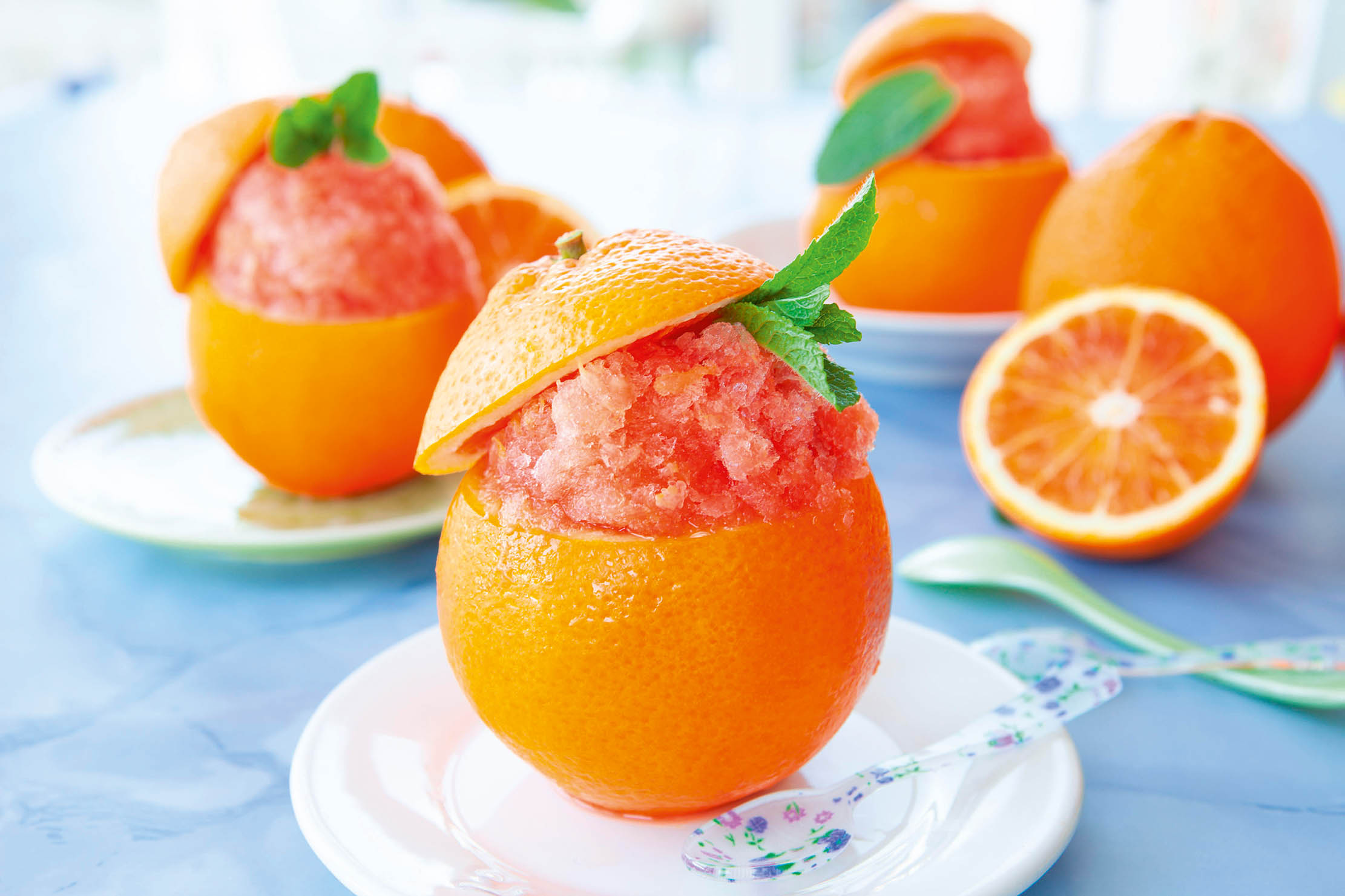
How to eat seasonally in January
Throughout the year, Tom Parker Bowles will be sharing his advice on how to eat seasonlly, month-by-month. We kick things
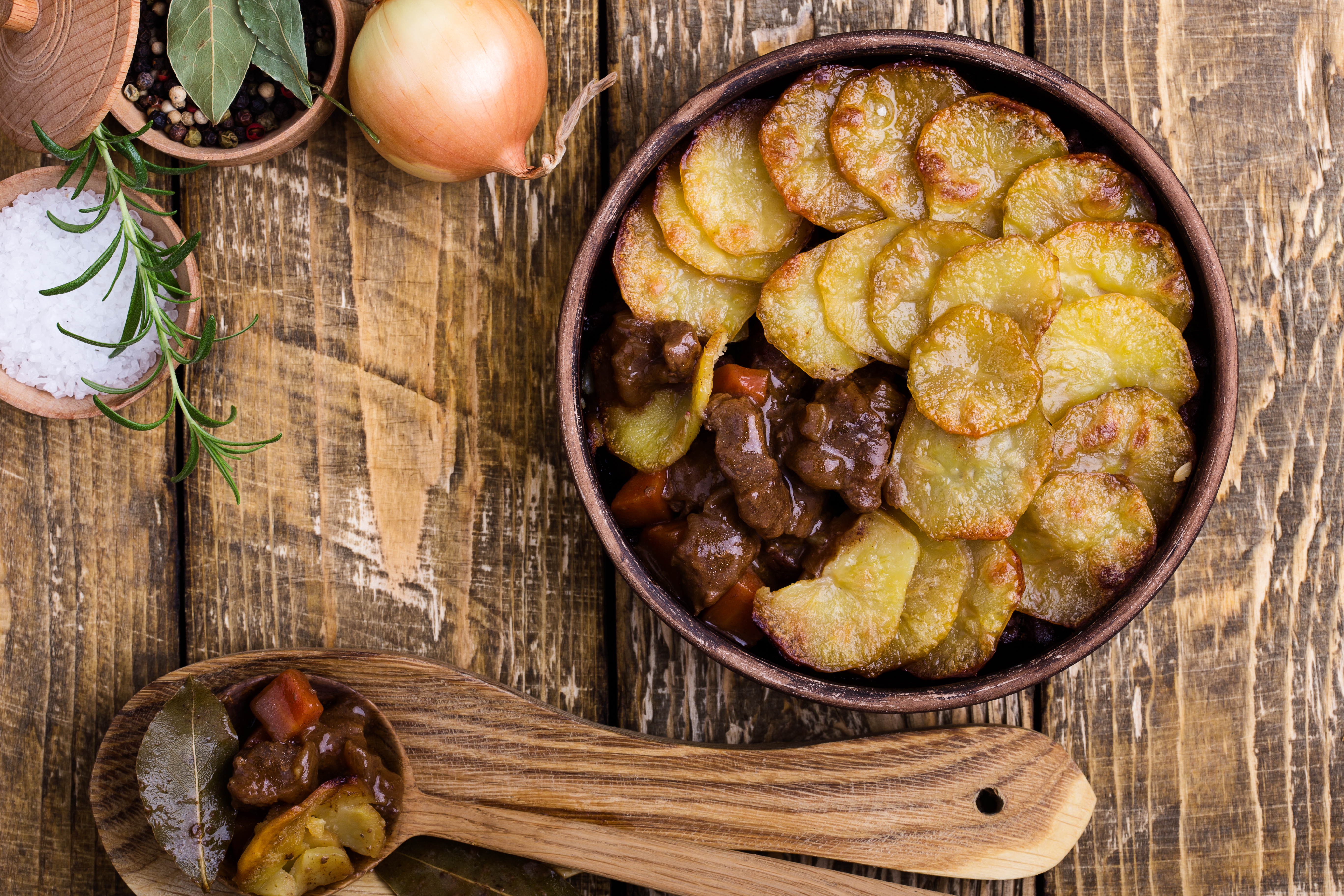
How to eat seasonally in February, by Tom Parker Bowles
February may be grim, but it’s never, ever dull says Tom Parker Bowles — especially if you know what to
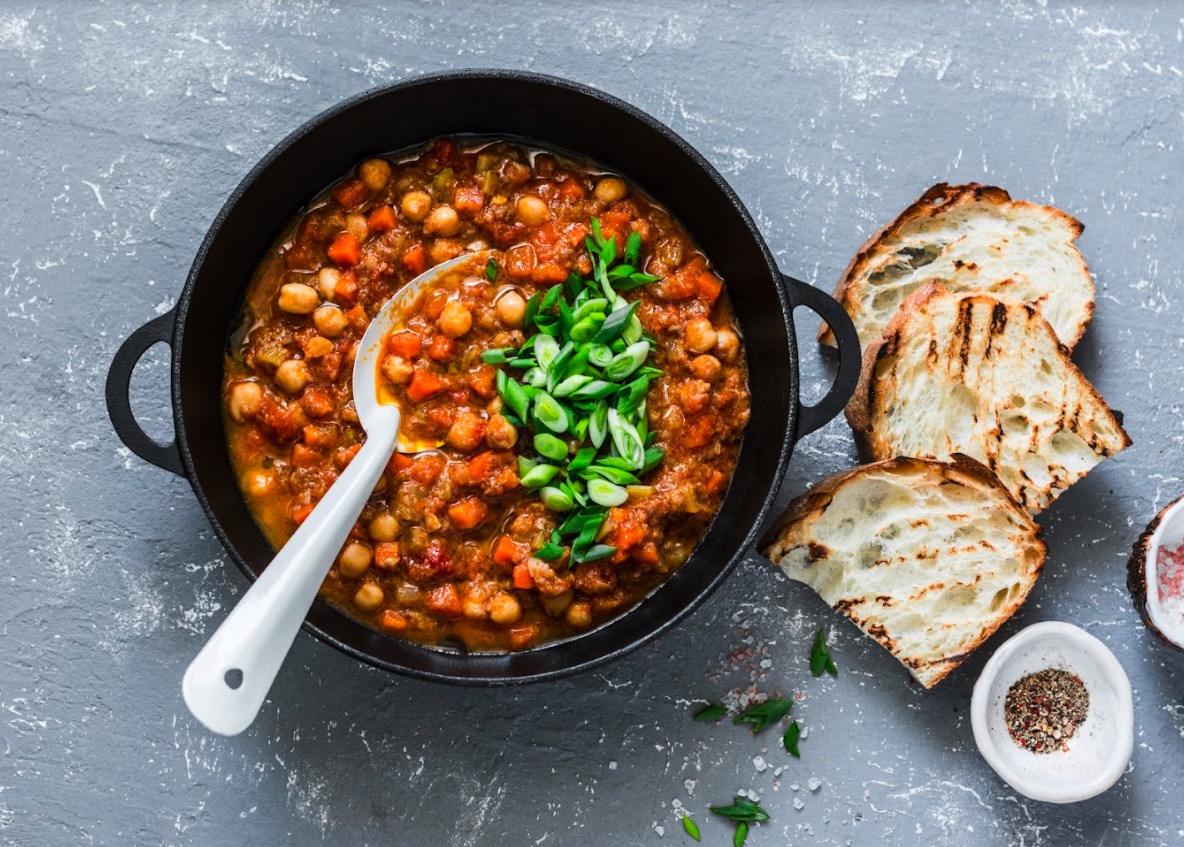
Credit: Getty
How to eat seasonally in March: Tom Parker Bowles shares tips and recipes
Eating seasonally in March is a real treat, as Tom Parker Bowles explains.
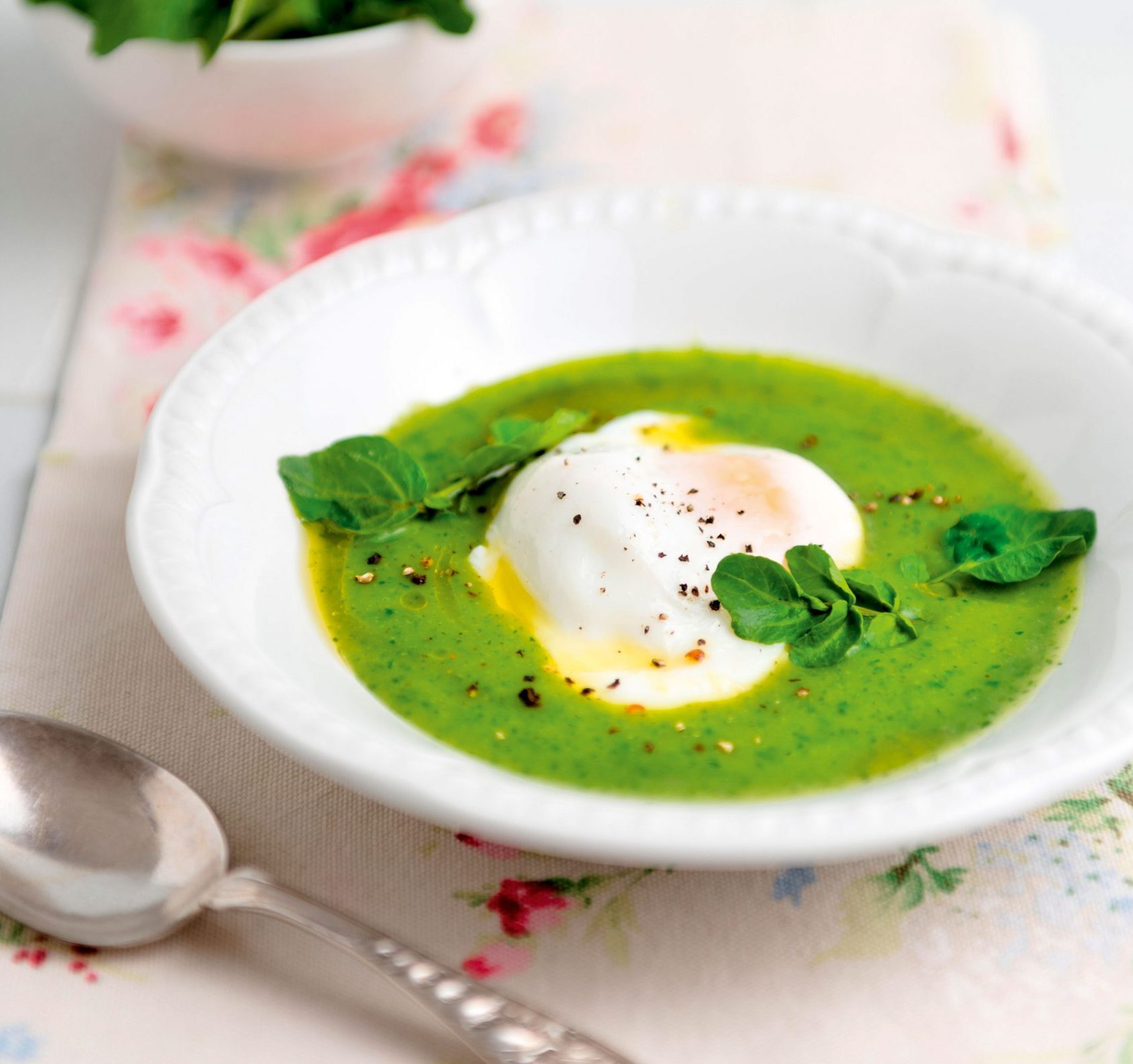
Credit: Alamy
How to eat seasonally in April, from lamb and Jersey Royals to 'one of the true glories of the British year'
Tom Parker Bowles shares his advice for seasonal eating in April.
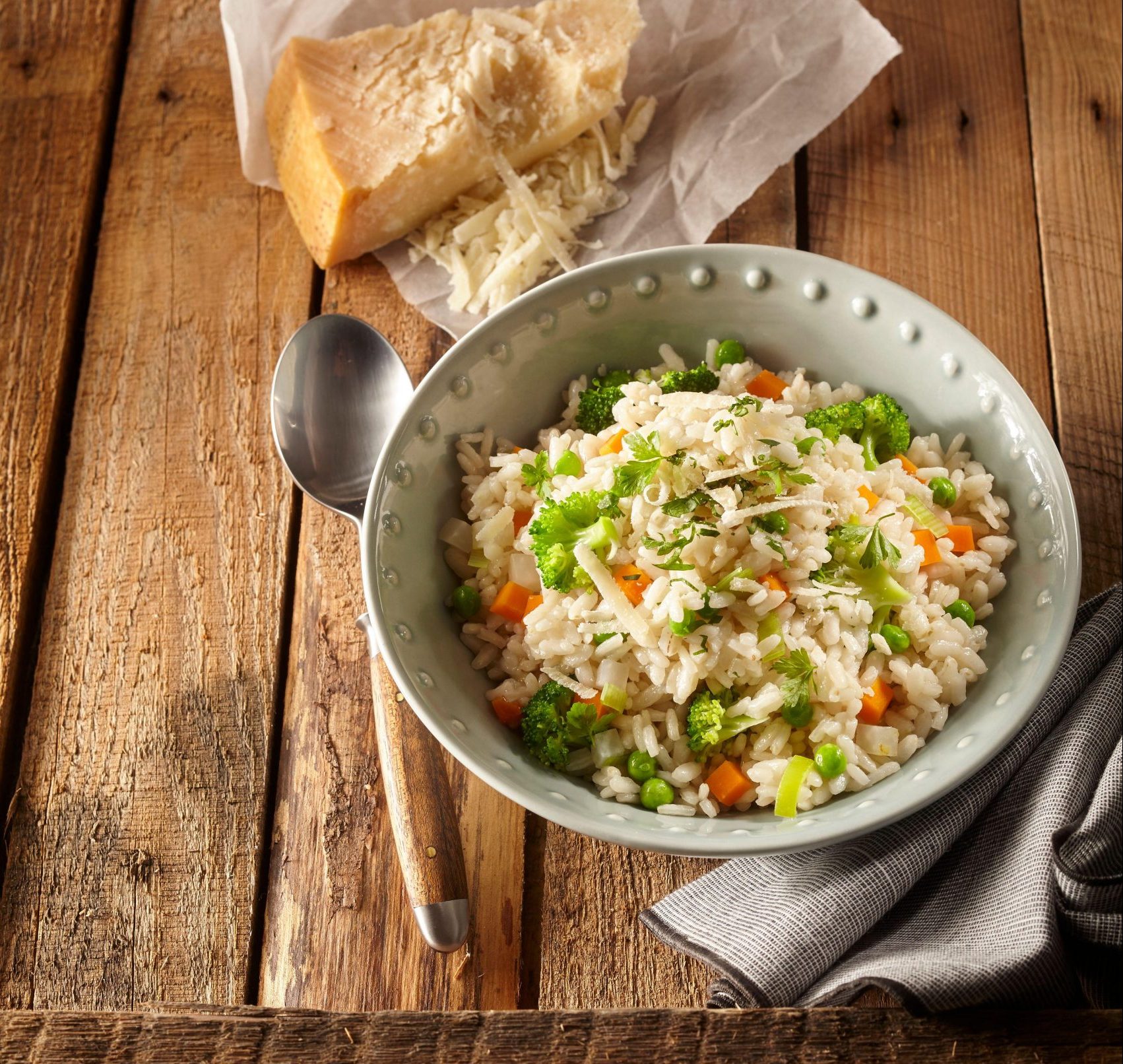
How to eat seasonally in May, from Jersey Royals to langoustine, by Tom Parker Bowles
Tom Parker Bowles — recently shortlisted for the PPA Food Writer of the Year award for his Country Life columns — shares
Tom Parker Bowles is food writer, critic and regular contributor to Country Life.
-
 'To exist in this world relies on the hands of others': Roger Powell and modern British bookbinding
'To exist in this world relies on the hands of others': Roger Powell and modern British bookbindingAn exhibition on the legendary bookbinder Roger Powell reveals not only his great skill, but serves to reconnect us with the joy, power and importance of real craftsmanship.
By Hussein Kesvani
-
 Spam: The tinned meaty treat that brought a taste of the ‘hot-dog life of Hollywood’ to war-weary Britain
Spam: The tinned meaty treat that brought a taste of the ‘hot-dog life of Hollywood’ to war-weary BritainCourtesy of our ‘special relationship’ with the US, Spam was a culinary phenomenon, says Mary Greene. So much so that in 1944, London’s Simpson’s, renowned for its roast beef, was offering creamed Spam casserole instead.
By Country Life